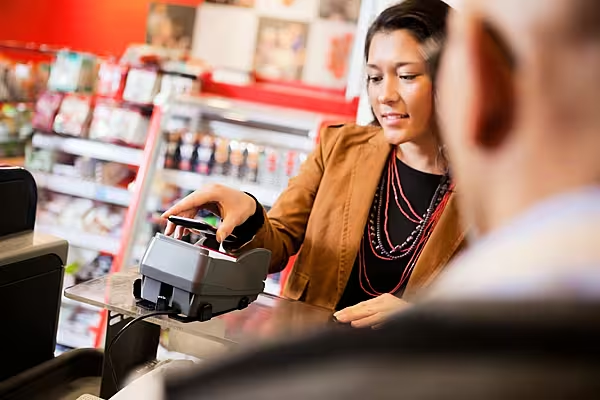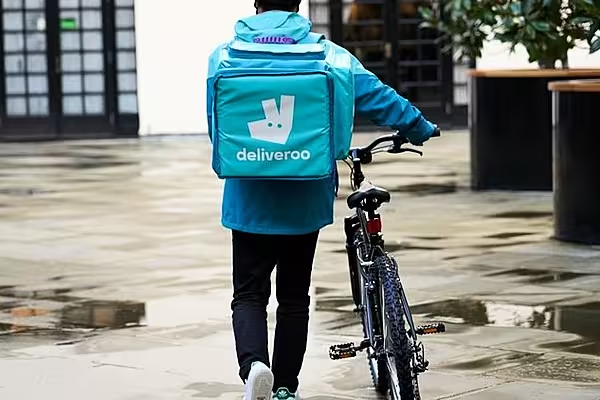43% of Irish consumers avoid shops that don't accept card payments, according to a new survey by BOI Payment Acceptance (BOIPA).
Brian Cleary, Managing Director of BOIPA, said that nearly half of those surveyed have at one stage intentionally avoided a shop that didn’t offer card or contactless payment facilities, which represents a sizeable loss of business for those yet to adopt this technology.
The survey, conducted by Amarach Research among 1,000 Irish adults, noted that almost three-quarters of Irish card holders use contactless payments, two-thirds at least weekly, with ‘millennials’ being the most prolific users of contactless payments – 81% have used it at least once.
“Despite the relative newness of the technology, contactless payment has already made a significant impact on consumer spending habits." Cleary said.
"When we conducted a similar survey in 2016, 54% used contactless and 45 percent used it at least once a week—in just over a year, those numbers have increased significantly, to 73 and 66% respectively."
Despite the rise in smartphone payment services, and the growth in online sales, the report highlighted that over half of the respondents surveyed still prefer shopping in person.
Millennials Migrate Online
Online shopping proved most popular amongst millennials (aged between 24-34), with 33% favouring making online or in-app purchases on items including groceries, clothes, air travel, books and music versus 15% or less for those aged over 45, the card payment provider's survey showed.
The majority of consumers (48%) still conduct their online shopping via laptops, with a quarter (24%) favouring smartphones, followed by 17% on desktop and 11% on tablet.
Claery outlined, “The survey also shows that Irish consumers are willing to experiment with and adapt to other new payment technologies, specifically mobile payment through services like Apple Pay and Android Pay.
"Of the small number of people who have tried mobile payment, most prefer it to paying with their card. This is heightened amongst millennials aged between 25 and 34, so this is obviously a clear window into the future.”
© 2017 - Checkout Magazine by Donna Ahern









